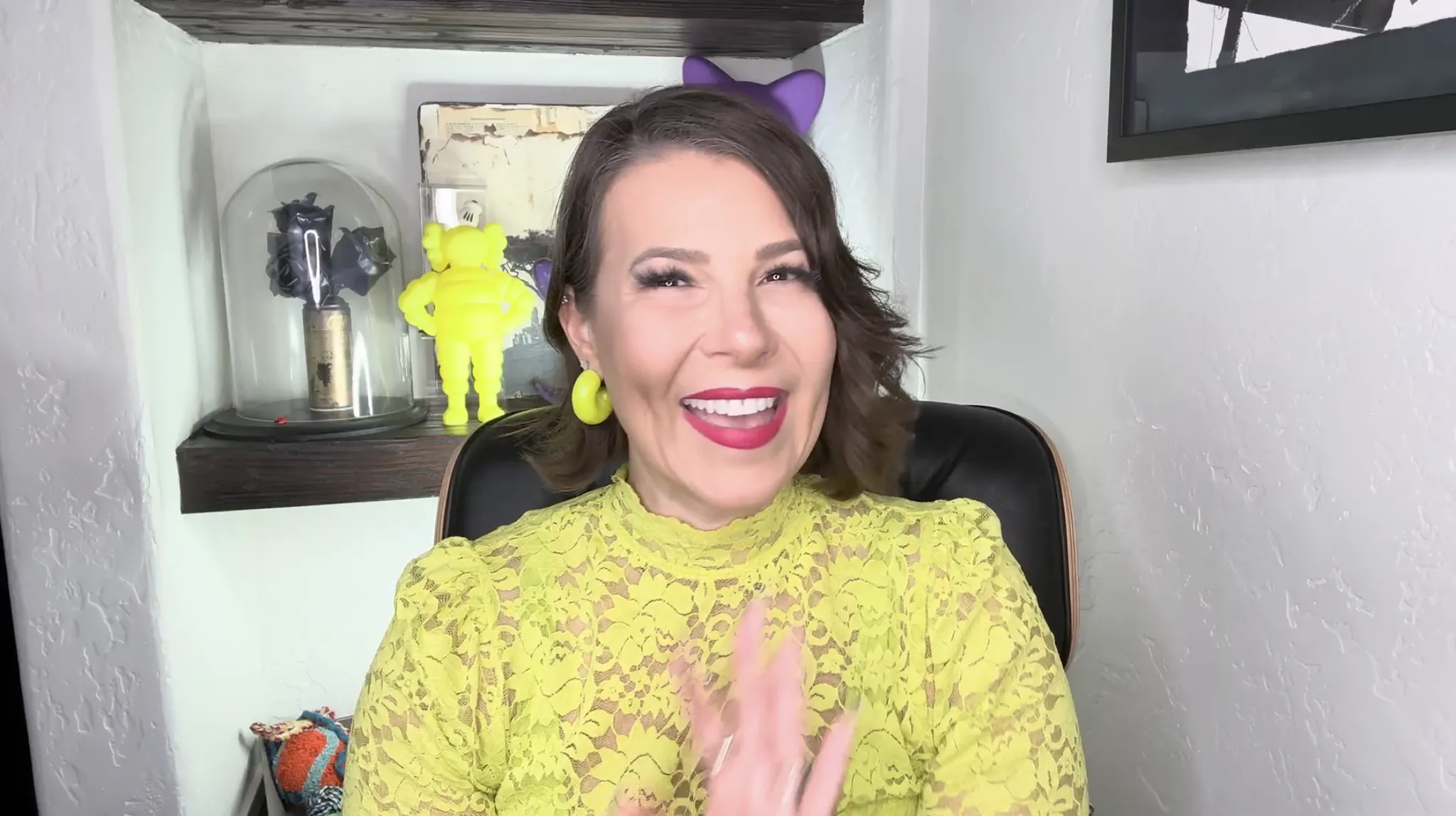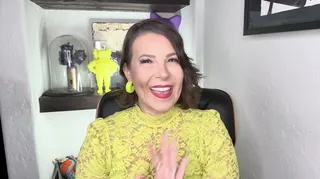
EMBiz: How to Trademark a Clothing Brand

Hi, everyone. Laurel Mintz here, CEO of Elevate My Brand. And this is EMBiz. As you all know, I am a lawyer by background in education. Don't hold that against me. I am recovering, reformed, whatever you want to call it. But I do think it's really important that we make sure that when we're developing brands, we're thinking about IP protection.
And specifically today, I want to talk about how to trademark a clothing brand, a consumer brand in general. This really covers all of those angles. But there's a big conversation happening right now around the duping conversation for the bag, the Birkin bag called the Workin. This was the Walmart dupe that was like blowing up the Internet. And so I thought it was a really interesting conversation to discuss with you today since so many brands out there are doing dupes and or are trying to kind of reinvent the wheel. It's more like parody, and that's why Workin got away with it.
So how do we increase the acceptance when you are filing for a trademark with something as iconic as the Birkin and you're doing this from a Walmart perspective and recreating a brand called the Workin? First of all, we have to look back in history a little bit and understand how the law was built around this and what we're looking for, what the USPTO, the US Patent and Trademark Office, is looking for in this category. So Congress has historically denied copyright protection for clothing design because it views clothing as kind of a useful article, not as an artistic creation. And if you recall from some of our prior videos, there is an implied copyright law for most creative acts. So copyright and trademark are two separate conversations. And that's why historically, it's been really, really hard for brands to have any protections around clothing design. But if there's an artistic feature that in and of itself could be copyrightable as a standalone, pictorial, graphic, subcultural work, sculptural work that is copyrightable. So it's really. It's a lot of detail. It's a lot of nuance, which is why you usually need a lawyer to help you figure this out. But basically, it's the difference between a concept and something that is an actual feature.
People trademark their brand names and logos all the time. There's a big difference between a name and a logo and a concept. A creative concept, like a poem, would be a creative concept. Elevate My Brand would be the logo, right? Or the brand name. And typically, what I used to tell people to do is to file 2 marks 1, the standalone name. So Elevate My Brand, just plain Jane, and then the logo as a standalone in and of itself. And that's because you want to make sure that no one can create anything that is visually similar to what you have created for your brand and that you're trying to protect. And also, no one can create anything that is similar in name. So people could create something that was like Elevate Your Brand. Of course, I own both of these trademarks, but we did that very intentionally with just the name standalone and then the logo in and of itself. So no one could create anything that even looks like Elevate My Brand, even if they were using different verbiage.
Now, there are things called design patents. The Patent Office is a completely separate and segmented office tied into the uspto. You need a completely different attorney to file a patent specifically within the USPTO offices. But for now, just understanding that first of all, you need to search and make sure that you can protect the name and logo. And if you are looking to patent or trademark, rather something in the clothing or consumer category, you really want to make sure that it is not just a concept, but an actual picture, graphic, sculptural work, something that is more functional than kind of fluffy creative. Again, the fluffy creative side, there is an implied copyright. But on the trademark side, which is a much stronger, much more defensible in terms of ownership and ip, the trademark piece is much, much more impactful. I would also say it's important to think about this. If you are intending to exit your company at some point. There is a ton of value that is typically built in. When you've built a company over many, many years, there's a lot of what's called goodwill built into the brand name and logo and all of the vibes that you've created around that brand over the years.
So make sure that you're protecting yourself. It's kind of legal 101, but making sure that we tie that in with the branding and marketing conversation.